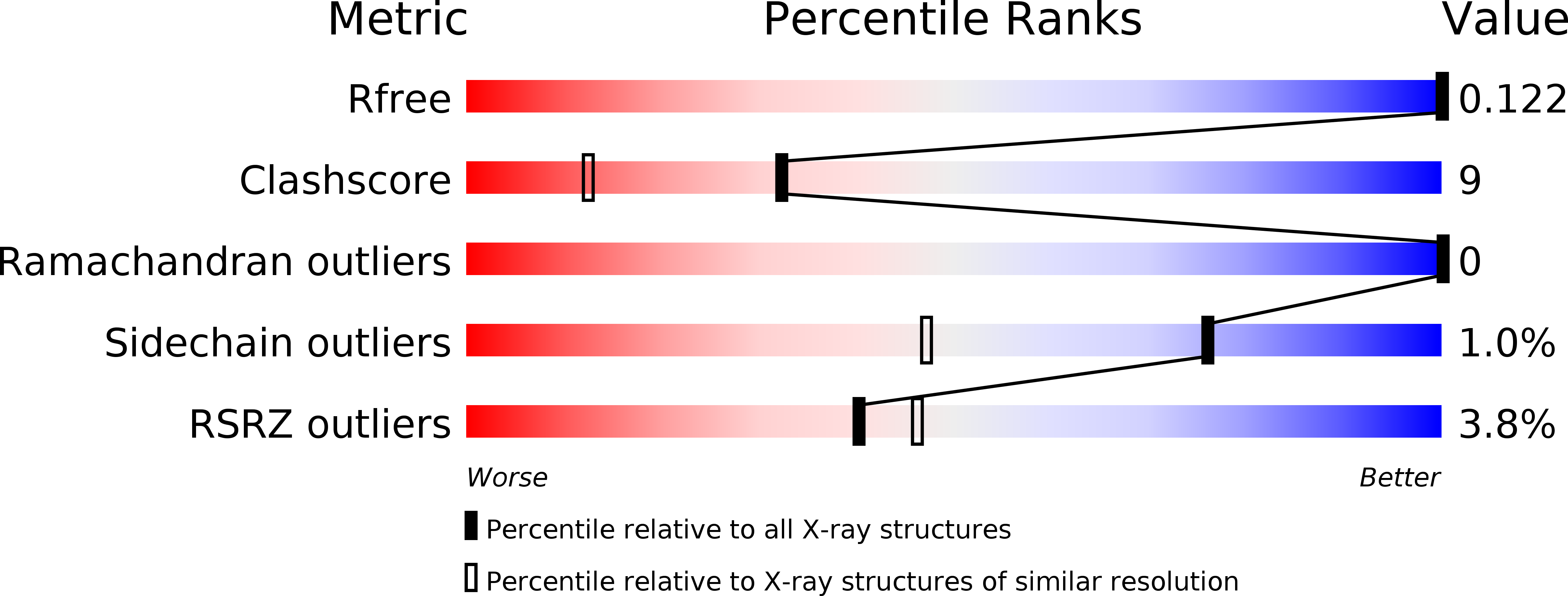
Deposition Date
2008-02-14
Release Date
2008-08-19
Last Version Date
2024-11-20
Entry Detail
PDB ID:
2ZIB
Keywords:
Title:
Crystal structure analysis of calcium-independent type II antifreeze protein
Biological Source:
Source Organism:
Brachyopsis rostratus (Taxon ID: 412977)
Host Organism:
Method Details:
Experimental Method:
Resolution:
1.34 Å
R-Value Free:
0.16
R-Value Work:
0.13
R-Value Observed:
0.13
Space Group:
P 21 21 21


